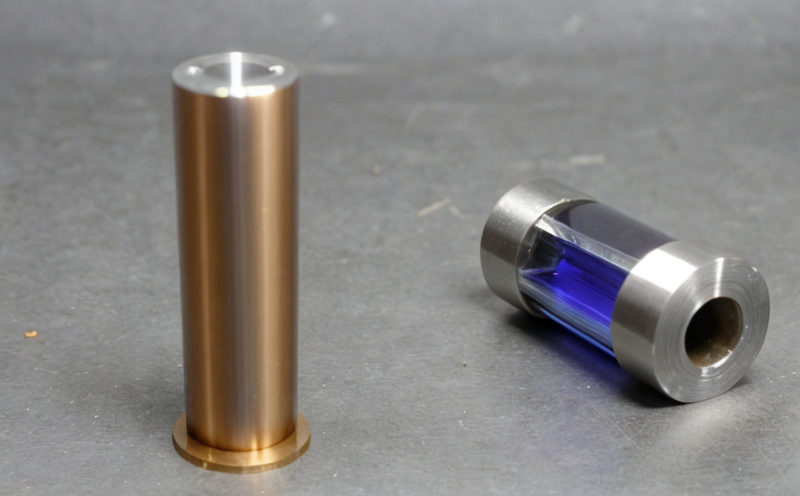ASTM D2594 Stretch properties of knitted fabrics after laundering
The ASTM D2594 standard specifies procedures for determining the stretch properties of knitted fabrics following a series of launderings. This test is crucial in ensuring that textiles maintain their dimensional stability and shape retention over multiple wash cycles, which is particularly important for garments intended to be reused or washed frequently.
Knitted fabrics are highly versatile materials used in various sectors such as apparel, home textiles, and automotive upholstery. Maintaining the original dimensions after laundering ensures customer satisfaction and product longevity. This test helps manufacturers and suppliers verify that their products will retain their fit and appearance throughout the expected life cycle of use.
The procedure involves subjecting a specified number of fabric specimens to a series of launderings under controlled conditions, followed by measuring the stretch properties using a tensile tester. The test results provide valuable data on how well the fabrics perform after washing, which is essential for quality control and product development.
Understanding the stretch properties before and after laundering allows manufacturers to make informed decisions about fabric selection and processing methods. For instance, certain finishing techniques or yarn types can enhance dimensional stability. This test ensures that these processes are effective in maintaining the desired properties of the fabrics.
The ASTM D2594 method is widely recognized for its accuracy and reliability in assessing the durability of knitted fabrics. It helps quality managers and compliance officers ensure that products meet industry standards and customer expectations. R&D engineers can use this information to refine fabric formulations, while procurement teams can select suppliers who prioritize dimensional stability.
For a more comprehensive understanding, the procedure includes several steps: selecting appropriate specimens, performing launderings according to specified parameters (temperature, water level, detergent), allowing the fabrics to dry, and then measuring their stretch properties using a tensile tester. The results are typically expressed as percentage changes in length or width compared to initial measurements.
This test is particularly relevant for garments that undergo frequent washing, such as activewear, sportswear, and casual wear. By ensuring dimensional stability after multiple launderings, manufacturers can extend the product's useful life and enhance customer satisfaction. Compliance officers can use this data to ensure products comply with relevant international standards, such as ISO 17827 for home textiles.
Proper specimen preparation is critical in ASTM D2594 testing. Specimens should be cut from fabric rolls using a specific method to avoid introducing variables that could affect the test results. The specimens are then conditioned according to the standard before undergoing launderings and subsequent measurements. This ensures consistent and reproducible results.
The tensile tester used in this procedure provides precise measurements of stretch properties, allowing for accurate comparisons between different fabric samples or processing methods. By using this standardized approach, manufacturers can identify trends and make improvements that enhance product performance.
Benefits
- Aids in ensuring dimensional stability after multiple launderings.
- Helps maintain the original fit and appearance of garments.
- Supports compliance with industry standards and customer expectations.
- Provides valuable data for quality control and product development.
- Enhances customer satisfaction by extending product life cycle.
- Facilitates informed decisions about fabric selection and processing methods.
EuroLab Advantages
- Experienced technicians with expertise in textile testing.
- State-of-the-art equipment for accurate measurements.
- Comprehensive reporting services to meet your needs.
- Absolutely confidential and secure handling of samples.
- Dedicated customer support throughout the testing process.
- Quick turnaround times for timely results delivery.
Environmental and Sustainability Contributions
- Promotes the use of sustainable materials that maintain their properties after multiple launderings.
- Encourages the development of wash-friendly products, reducing waste from discarded garments due to shrinkage or loss of fit.
- Supports circular economy principles by extending product life cycles, thereby reducing resource consumption and environmental impact.





